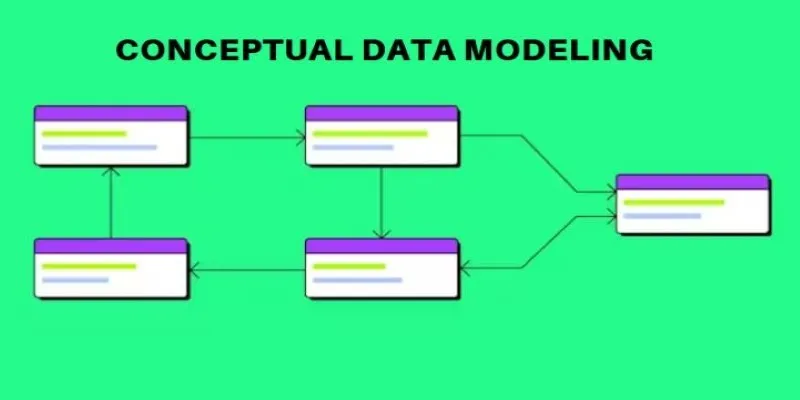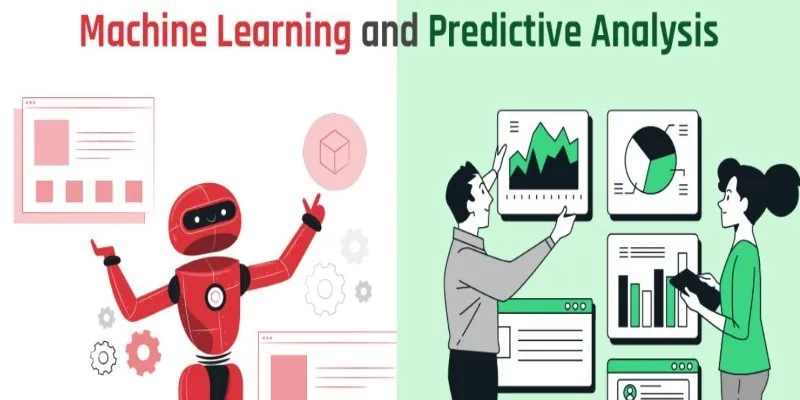In today’s data-driven world, organizations generate vast amounts of information daily. However, raw data is often messy and unusable. A data curator plays a vital role in transforming this unstructured information into well-organized, accurate datasets. Unlike data analysts who interpret data or engineers who build infrastructure, curators focus on maintaining data quality and usability.
Their efforts ensure that datasets remain timely, accurate, and readily usable for making informed decisions. Data curation is crucial for deriving valuable insights in various fields including AI, medicine, and business. By organizing, tidying up, and managing datasets, data curators help companies unlock the true value of their data.
The Core Responsibilities of a Data Curator
At its core, data curation involves a systematic approach to organizing and managing information. The process includes cleaning, classifying, and maintaining datasets to enhance their value. Without proper curation, data can become inconsistent, outdated, or even misleading.
One of the primary responsibilities of a data curator is cleaning and validating data. Raw datasets often contain duplicate entries, missing fields, or inconsistencies in format, which can compromise their accuracy. Curators enhance dataset reliability by normalizing formats and ensuring completeness.
Another key responsibility is the classification and structuring of datasets. A well-structured dataset is easier to search, retrieve, and analyze. Data curators enforce clear labeling and structuring systems to enable users to locate relevant data easily. This is particularly critical in artificial intelligence and machine learning, where high-quality training data is essential for developing efficient models.
Beyond organization, compliance and data security are vital aspects of data curation. Several industries, like healthcare and finance, deal with sensitive data. Data curators must ensure that datasets comply with privacy regulations like GDPR and HIPAA to prevent misuse or unauthorized access. They employ rigorous access controls, encryption strategies, and security measures to protect valuable data assets.
Moreover, data curation involves data enrichment and integration. This process merges multiple datasets to form a richer source of information. By integrating data from various sources, curators enable organizations to generate deeper insights and more accurate predictions.
Finally, data curators continuously monitor and update datasets. Data evolves, and outdated information can lead to poor decision-making. By routinely reviewing and refining datasets, curators ensure that the information remains accurate and relevant.
The Growing Importance of Data Curation Across Industries
The need for high-quality, well-organized data spans multiple industries. Whether in business, healthcare, artificial intelligence, or government, data curation plays a vital role in ensuring that organizations have access to reliable and meaningful information.

In healthcare, structured data is essential for medical research, patient records, and clinical trials. Poorly curated data can lead to misdiagnoses, ineffective treatments, or flawed research conclusions. A data curator ensures that medical datasets are accurate, properly formatted, and easily accessible to healthcare professionals.
In business and finance, decision-making relies on structured data. Companies depend on customer insights, financial records, and market trends to guide their strategies. Without proper curation, organizations risk making decisions based on outdated or misleading data, leading to financial losses. Data curators help maintain accurate records that drive business intelligence and predictive analytics.
The field of artificial intelligence and machine learning is particularly dependent on high-quality data. AI models learn from existing datasets, and the accuracy of their predictions relies on well-structured training data. If datasets are poorly curated, AI systems may develop biases or fail to produce meaningful results. Data curators ensure that training data is free from inconsistencies, improving AI performance.
In government and public policy, structured data supports decision-making in areas such as infrastructure development, economic planning, and disaster response. A well-maintained dataset allows policymakers to assess trends, allocate resources, and effectively address societal challenges.
The Skills and Tools Used by Data Curators
A data curator requires a mix of technical skills, problem-solving abilities, and attention to detail. They work with SQL databases, data management platforms, and cloud storage solutions to clean, classify, and maintain datasets. Programming languages like Python and R assist in automating tasks, while Tableau and Power BI help visualize data trends.
Beyond technical expertise, strong analytical skills are essential to detect inconsistencies and improve data quality. In AI-driven industries, curators use data annotation and labeling tools to prepare structured datasets for machine learning models.
Soft skills also matter—data curators collaborate with analysts, engineers, and decision-makers, requiring effective communication. Their ability to transform raw data into meaningful insights ensures that organizations can rely on structured, accurate, and useful information, making data curation an increasingly valuable role in the digital age.
How Data Curators Are Shaping the Future
As organizations generate more data than ever before, the demand for skilled data curators is increasing. With the rise of automation and artificial intelligence, data curation is evolving to incorporate machine-assisted processing. However, human expertise remains irreplaceable when it comes to ensuring data accuracy and addressing ethical considerations.

New technologies are helping curators automate repetitive tasks such as data cleaning and classification. Machine learning algorithms can identify patterns, detect anomalies, and suggest improvements. However, data curators still need to validate results and oversee the decision-making process.
The role of data curation will continue to expand as more industries recognize the value of structured data. Organizations that invest in proper data curation will benefit from better insights, improved efficiency, and enhanced decision-making capabilities. Conversely, those who neglect data management may struggle with unreliable information, leading to costly mistakes.
Conclusion
A data curator is essential in maintaining the accuracy, structure, and usability of information in an increasingly data-driven world. Their work ensures that datasets remain reliable, up-to-date, and accessible for industries like AI, healthcare, and business. Without proper curation, data can become misleading or unusable, leading to poor decision-making. As organizations continue to generate vast amounts of information, the demand for skilled curators will only grow, making their role indispensable in shaping the future of data-driven innovation.
 zfn9
zfn9























